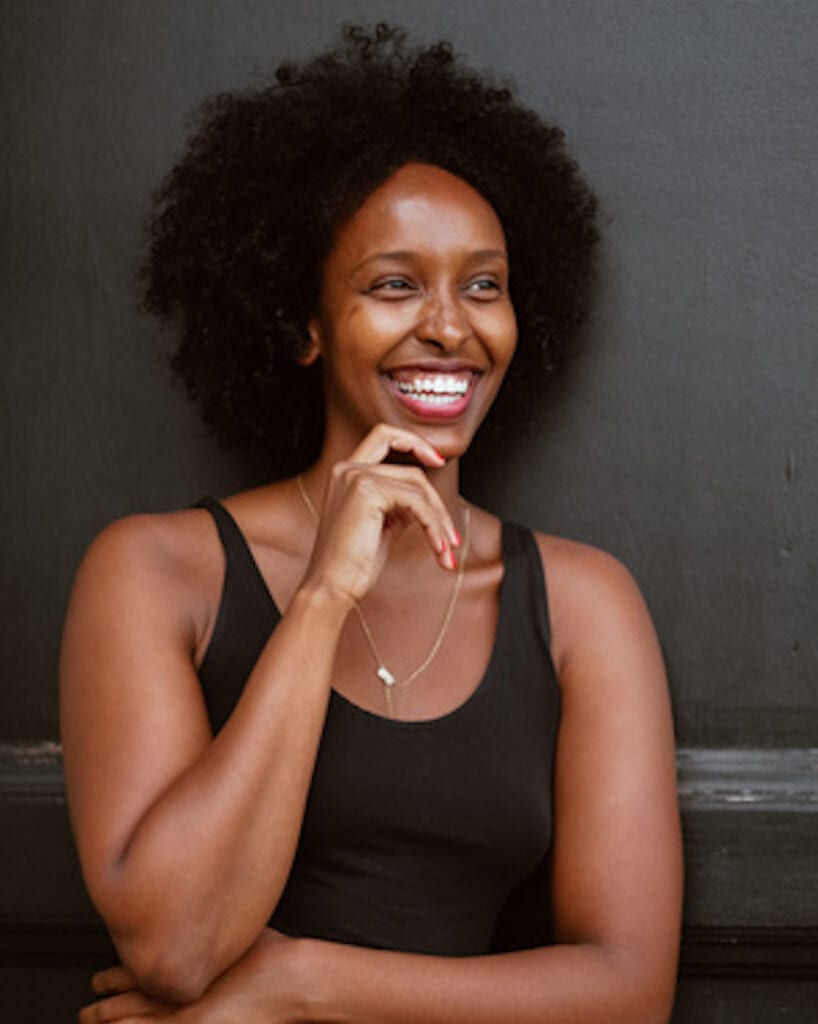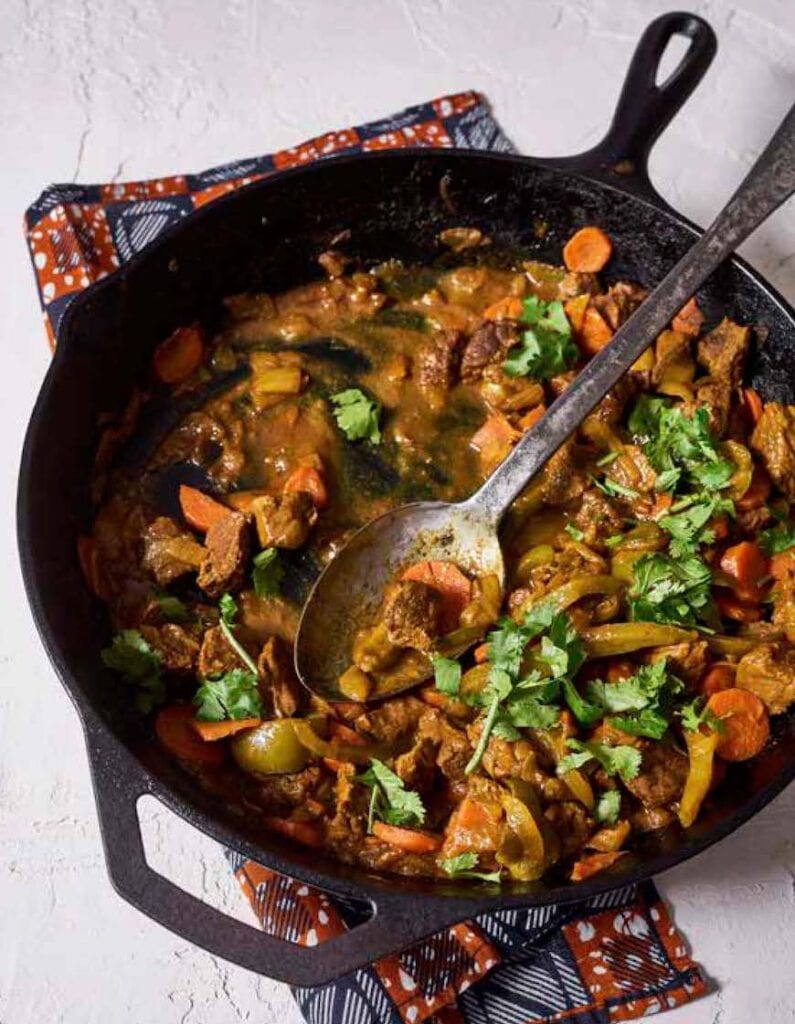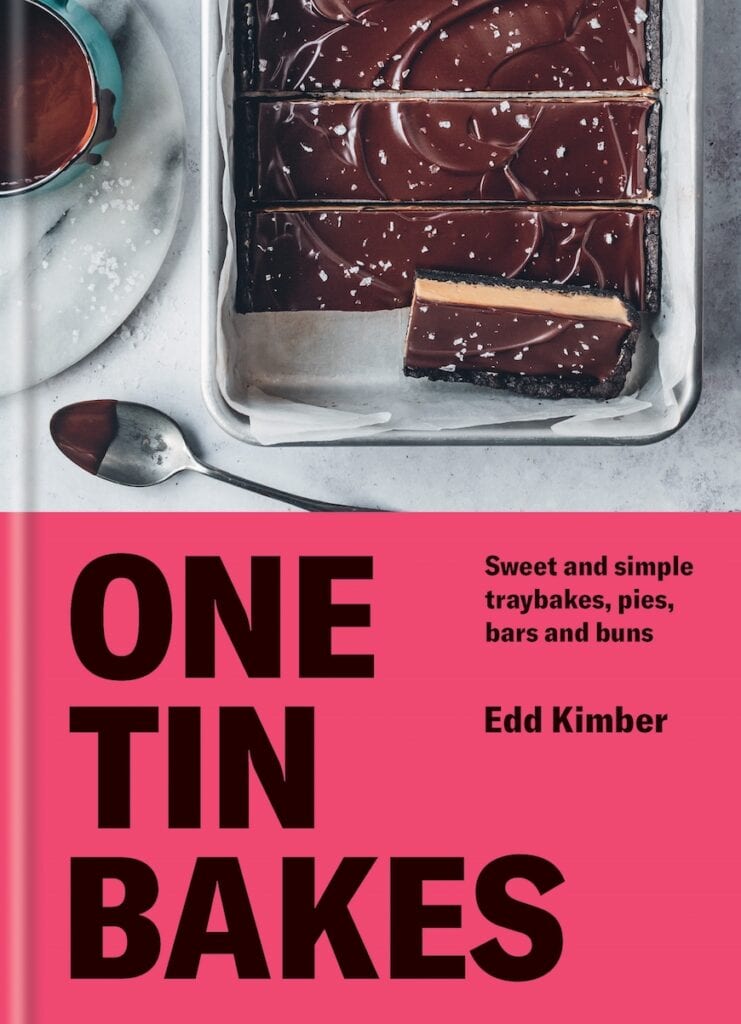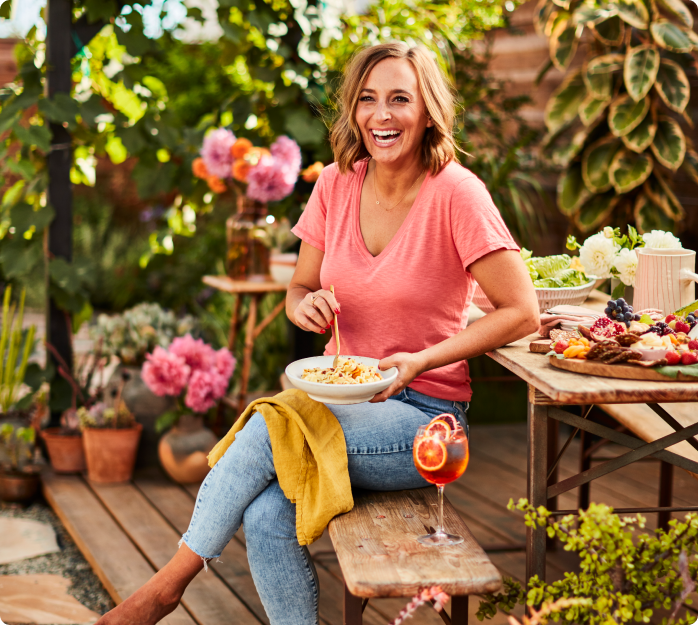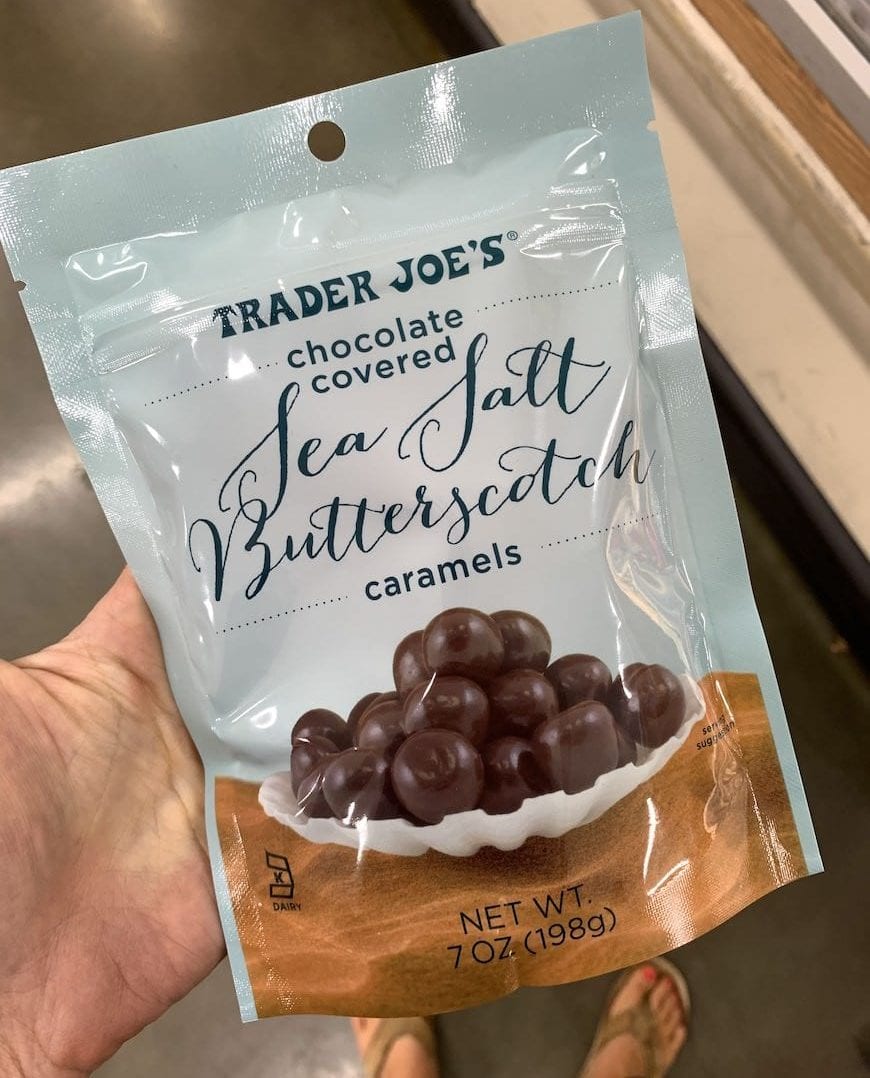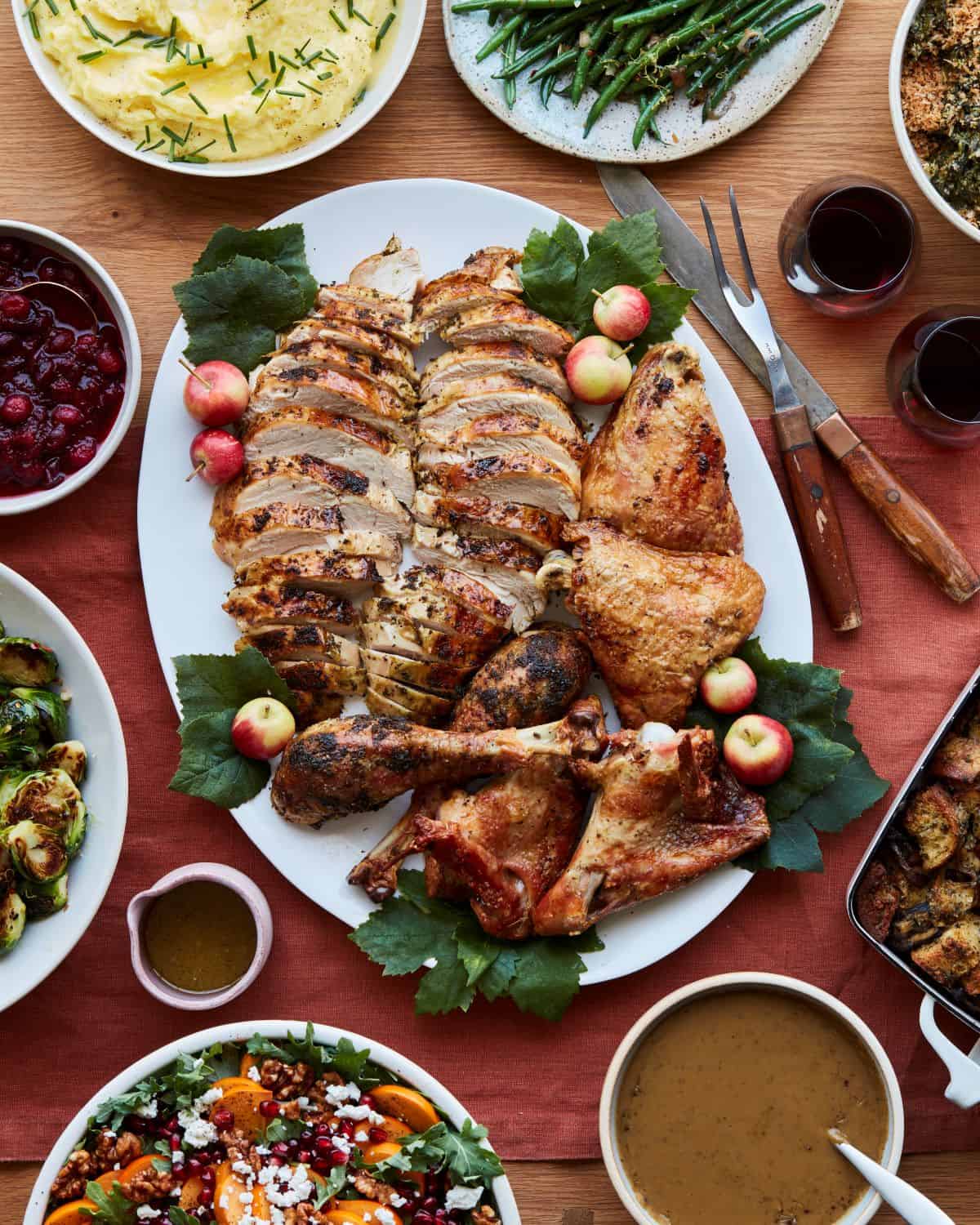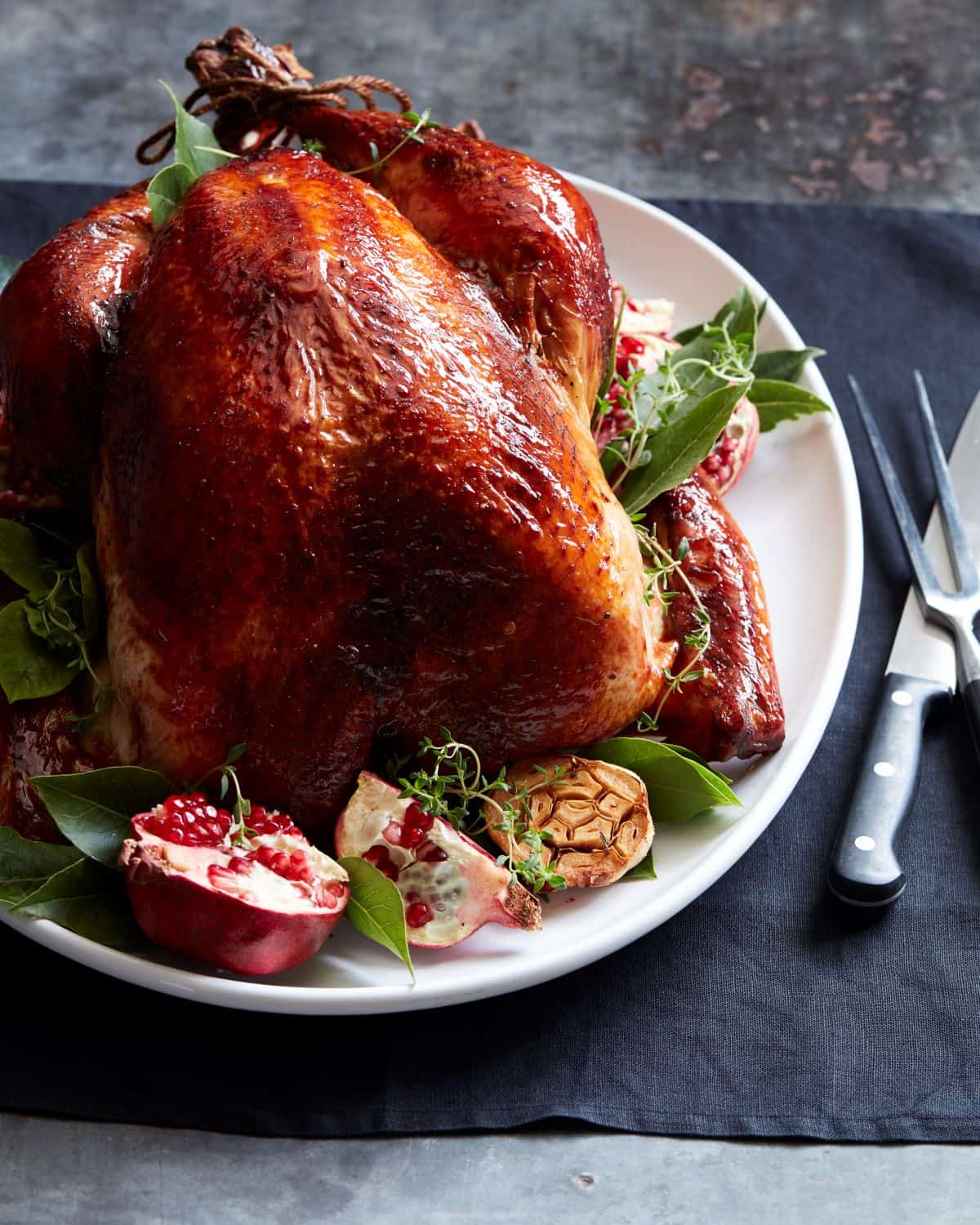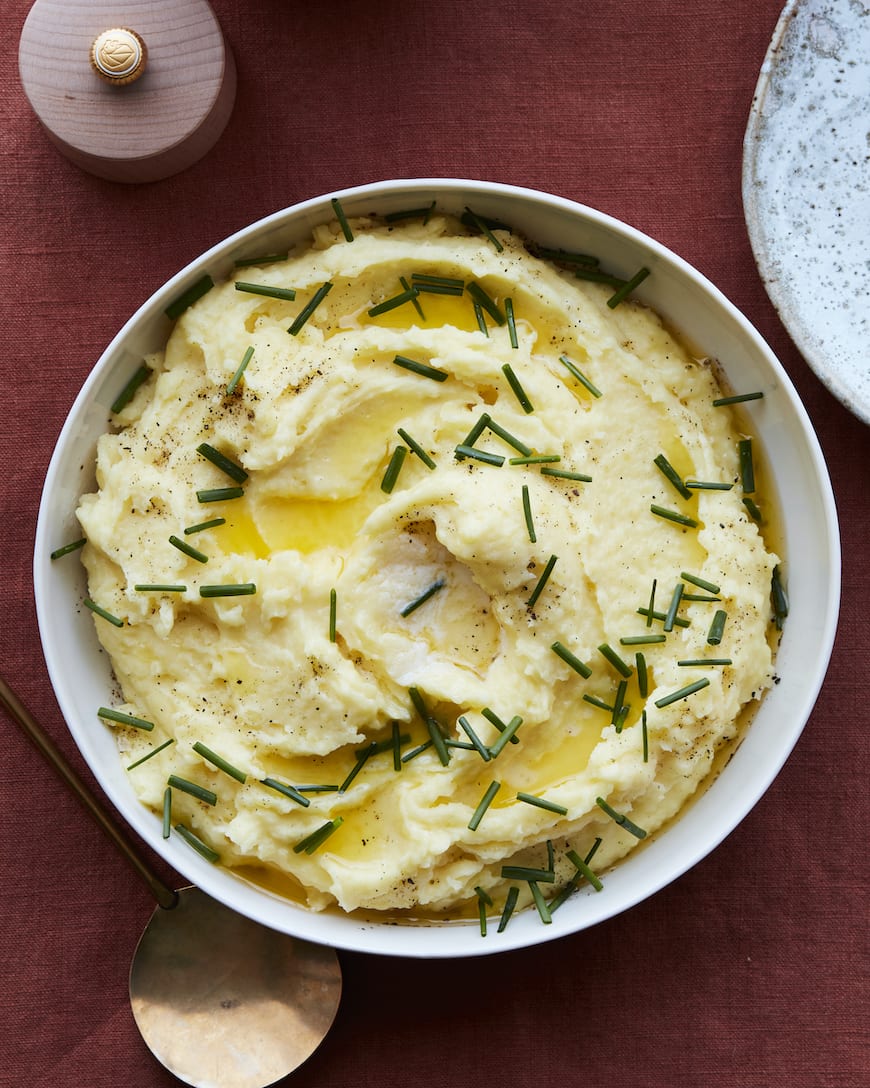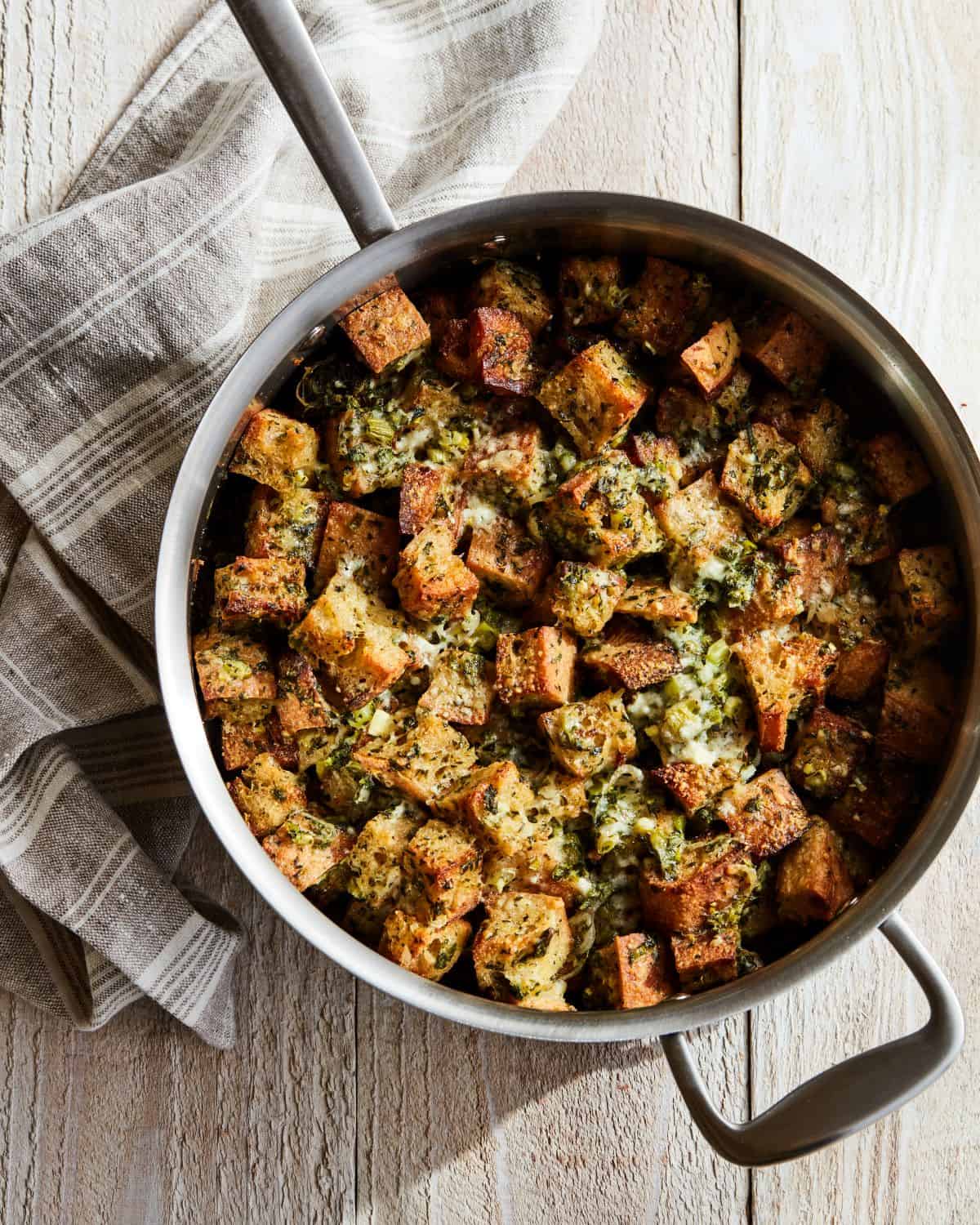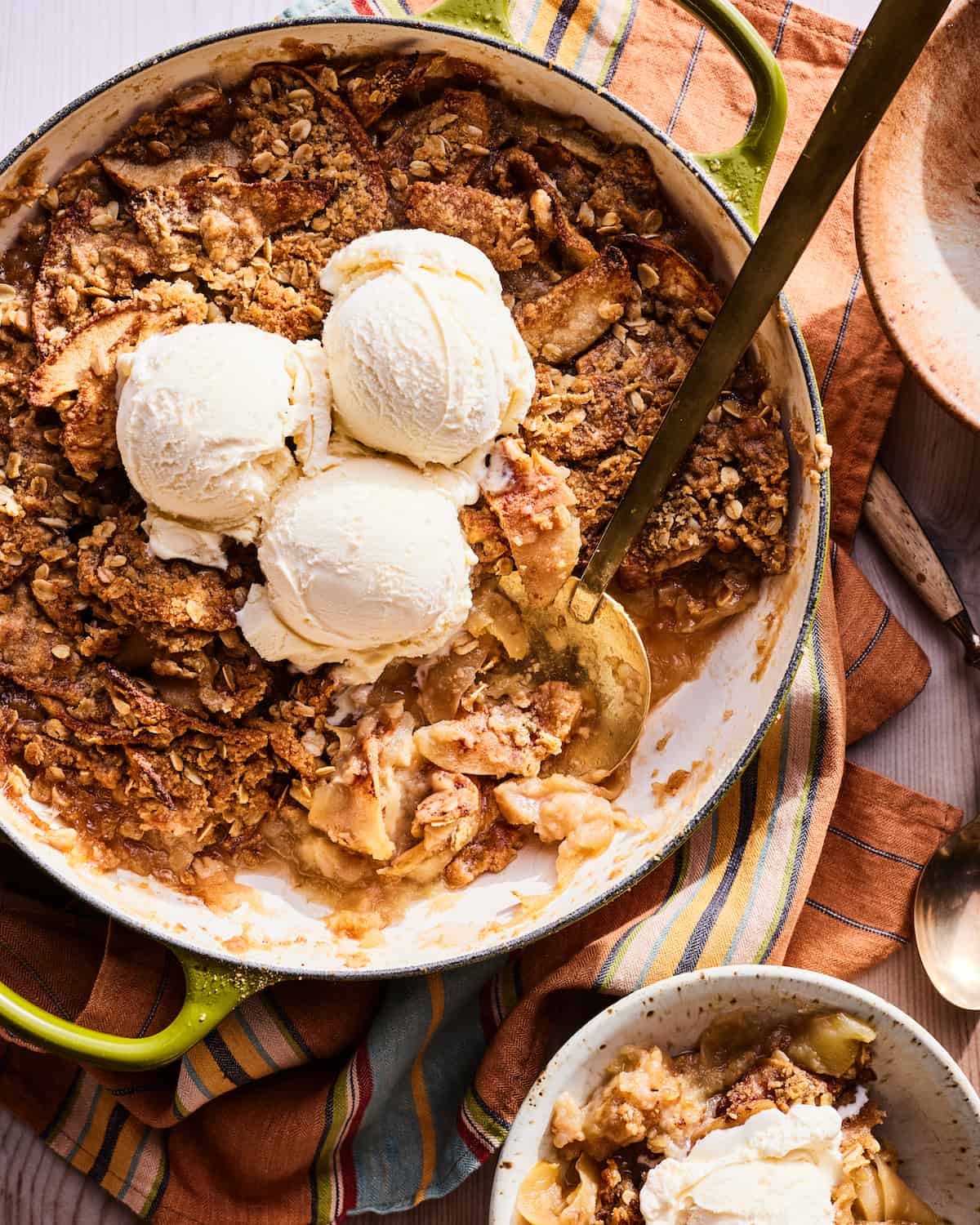Cookbook Club #21 is back in action today!! Turning it over to our girl Kristina Gill to give you the latest on our favorite cookbook this month. And if you missed the intro to Kristina – please put your hands together for our very first editor here at What’s Gaby Cooking besides me! All yours KG! And remember, if you are looking for something that matches our featured cookbook or cookbook theme, check out the two books at the bottom of each Cookbook Club post.
Our theme this month, much like last month, is Sharing Food (or Holiday Baking)! Since most of us won’t be having large family gatherings, but may have the possibility of dropping off a cake to friends or family, we have included A New Way to Cake by Benjamina ‘Benji’ Ebuehi and One Tin Bakes by Edd Kimber. For our feature, we have In Bibi’s Kitchen to help you with all courses of your meals you’ll eat over the holidays!
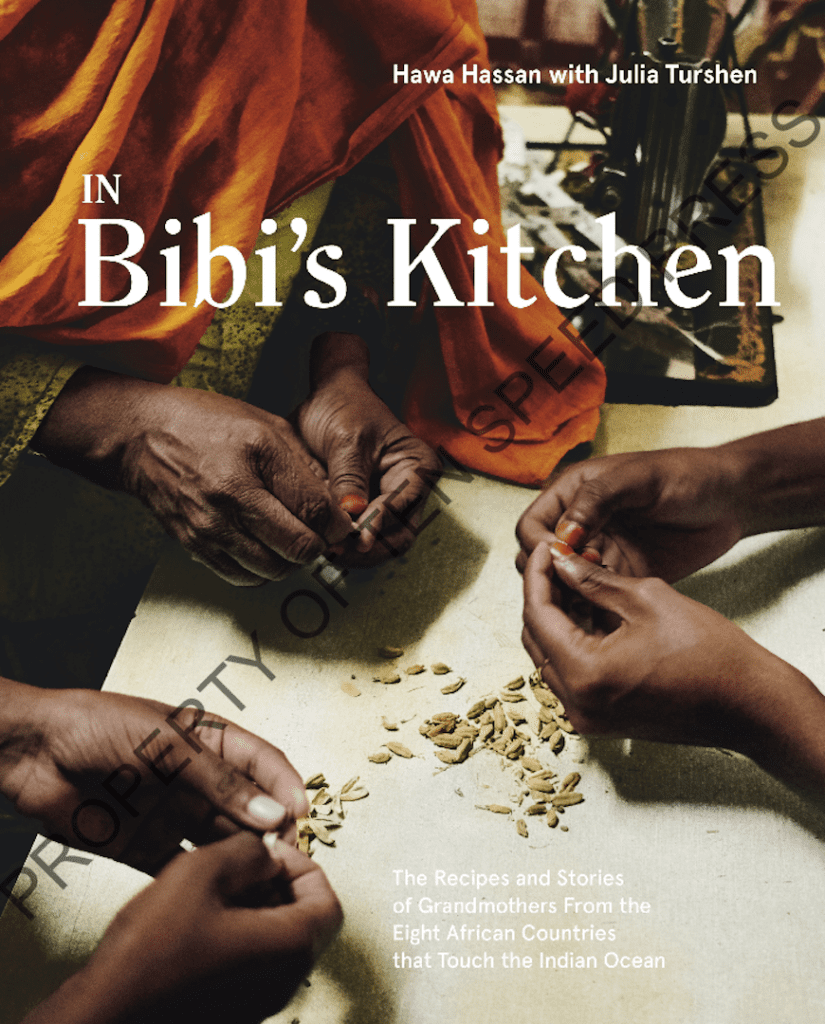
Here’s a link to the book at Solid State Books in Washington, DC: In Bibi's Kitchen: The Recipes and Stories of Grandmothers from the Eight African Countries That Touch the Indian Ocean.
I was elated when I heard that a book with recipes from Eastern African grandmothers was going to be published. There are too few books from sub-Saharan Africa, given the size of the continent, the number of countries on the continent, and the influence that the cuisine has had on our own cuisine. This book eloquently incorporates interviews with the Bibis, grandmothers, whose recipes are featured so that you have a rich sense of the importance of their recipe to them and of food in their lives. The chapter intros and headnotes provide the geographical, historical and cultural context for each country and the ingredients and recipes which follow.
I appreciated seeing the varied cuisine of each of the eight featured countries in one collection because it helped me connect the dots with the cuisine and influence of other countries-- for example the presence of spaghetti in Somalia as a legacy of being an Italian colony, the presence of steamed rice with spices along the Swahili coast that was brought by Omani and Yemeni merchants, and then the curries brought by the British and Indians several centuries later. All of this external influence came together with the indigenous legumes, fruits, vegetables, and other foods to make what we see on the pages of In Bibi’s Kitchen.
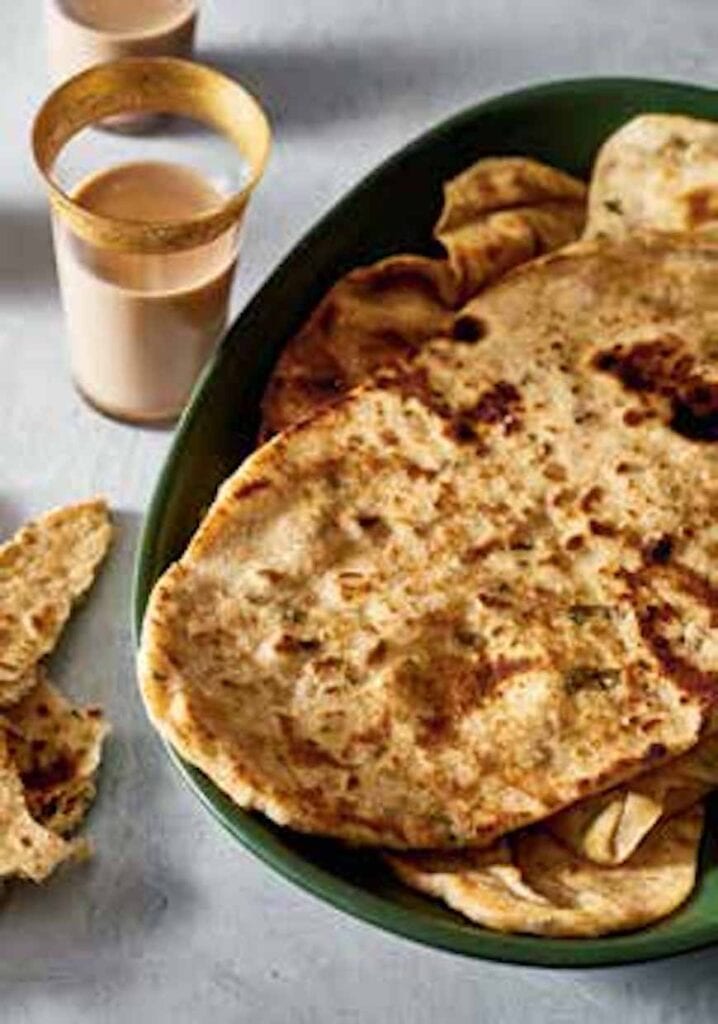
I have tabbed so many things I plan to make over the holidays. Chakalaka from South Africa (spicy vegetable relish -- yes there is also a recipe for using it on grilled cheese!), Date Bread (popular to break the fast during Ramadan), Kaimati from the Swahili Coast (crispy coconut dumplings in cardamom syrup), Doro Wat from Eritrea (stewed chicken legs with berbere and eggs), Shanan Ful from Eritrea (mashed lima beans with onions, tomatoes and chiles), Ambrevades au Curry from Comoros (curried pigeon peas) and Sweet Pea Soup with Coconut and Ginger.
I can passionately recommend adding this book to your collection because of the flavors and variety of dishes a preponderance of which are vegetarian. Notwithstanding, we’ve selected the recipe for Beef Suqaar (Somali Stir Fry) which can be made with any meat.
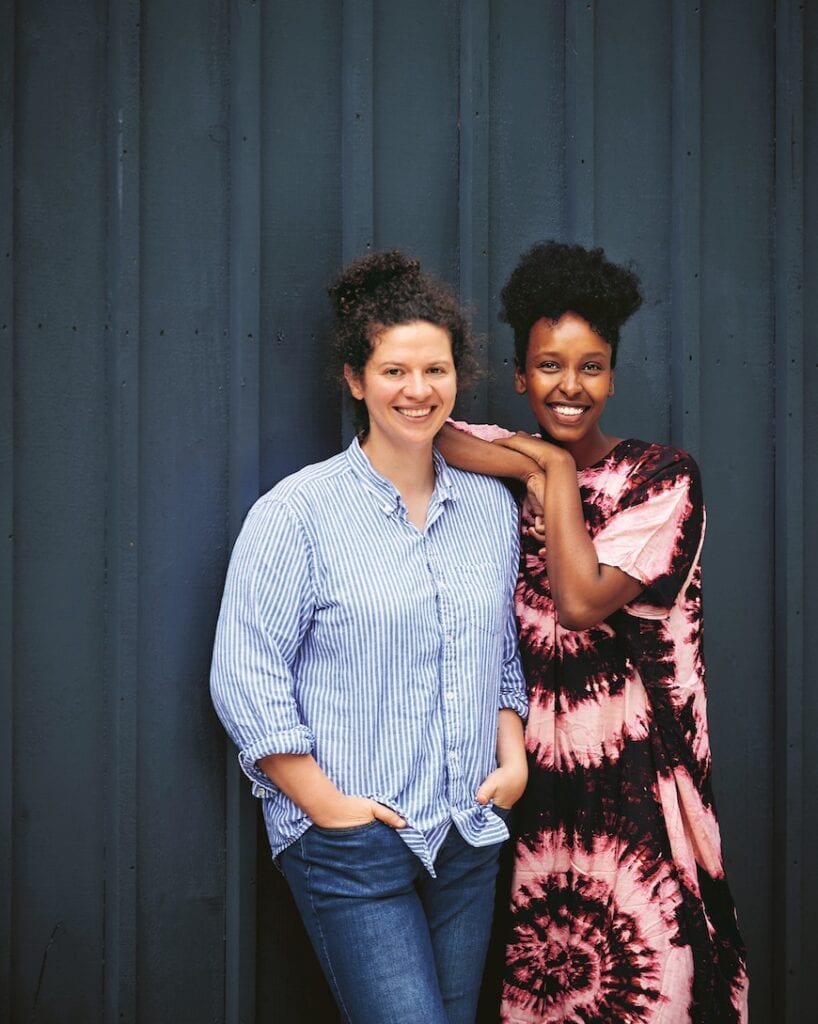
Time for a little Q+A with Hawa and Julia:
What's your favorite recipe in the book and why?
Hawa: My favorite dish is Sugo Suquaar without a doubt. It’s the ultimate comfort food and instantly transports me to my mothers kitchen.
Julia: Two come to mind— the Suugo Suqaar and the Bolo Polana. The Suugo was the first Somali recipe Hawa introduced me to, so it feels incredibly meaningful for that reason alone, but it's also the recipe from the book that I make most often. The Bolo Polana, a cake made with potatoes and cashews, is just so rich and delicious, and it's also such an emblematic recipe from the book since it mixes regional ingredients and influences from colonization.
What was the hardest recipe to get right and why?
Hawa: At-home cooks referring to In Bibi’s Kitchen won’t find a recipe that’s difficult or inaccessible. I created this cookbook with the intention of demystifying African cooking and cuisine, which is why each recipe is based on familiar ingredients and pantry staples, but incorporates new spices and flavor combinations.
Julia: Figuring out how much of each item went into each layer of Ma Vicky's lasagna was a bit of math! But worth it.
For someone who's never cooked from your book before, what recipe would you tell them to cook first and why?
Hawa: I would tell them to the Bariis. This rice pilaf is often served with cooked Somali Beef Stew or stewed chicken, but is an incredibly warming and flavorful dish on its own. The rice is combined with sautéed onions and fragrant spices, and would serve as an excellent introduction to some of the most important spices and flavor combinations found throughout In Bibis Kitchen.
Julia: The Shaah Cadeys since it takes minutes to make a pot and instantly fills your kitchen with the smell of so many spices. It's great to drink while you read more of the book and figure out what you want to make next 🙂
A recipe from your book that can be ready to serve within 30 mins?
Hawa: Many of the recipes in my cookbook come together quickly and easily, but for an especially short prep time, I would recommend the Shiro. Shiro is a ground chickpea stew from Eritrea, and is a super quick one-pot dish that packs a punch.
Julia: So many of them!!! This book is full of recipes from home cooks for other home cooks— we all want to get food on the table quickly.
How did you choose which recipes made it into the book?
Hawa: I selected recipes that were reflective of both the bibis themselves and the countries they’re from, as well as recipes that featured accessible ingredients. This combination allowed me to fulfill my goal of presenting recipes that introduced and demystified African cuisine.
Quick answers:
The one dish you can never say no to?
Hawa: I will never, ever turn down pasta.
Julia: (D) All of the above....
The one dish you will always say no to?
Hawa: I will always say no to anything with pork.
Julia: Honestly I can't think of anything....?
Pizza, Pasta, or...?
Hawa:Pasta!
Julia: Is 'both' an option?
Dessert with or without nuts?
Hawa: I’m basic lol, so I definitely have to say dessert without nuts.
Julia: With!
If you could travel one place in the world to EAT, where would you go and why does that cuisine fascinate you?
Hawa: I would love to travel to Jerusalem to learn about the orthodox Ethiopians living there. I’m fascinated with how they’ve managed to exist within Israel, what influence it’s had on their cuisine and how it differs from everyday Ethiopian cooking.
Julia: My wife is a bit obsessed with Alaska and I'd like to go with her there and spend time on a fishing boat and learn about how people eat when they're away from the land for awhile.
And as promised – two of our other favorite books for December… A New Way to Cake by Benjamina Ebuehi and One Tin Bakes by Edd Kimber
In Bibi’s Kitchen // By Hawa Hassan with Julia Turshen // Photography by Khadija M. Farah and Jennifer May // Illustrations by Arafi Koman

